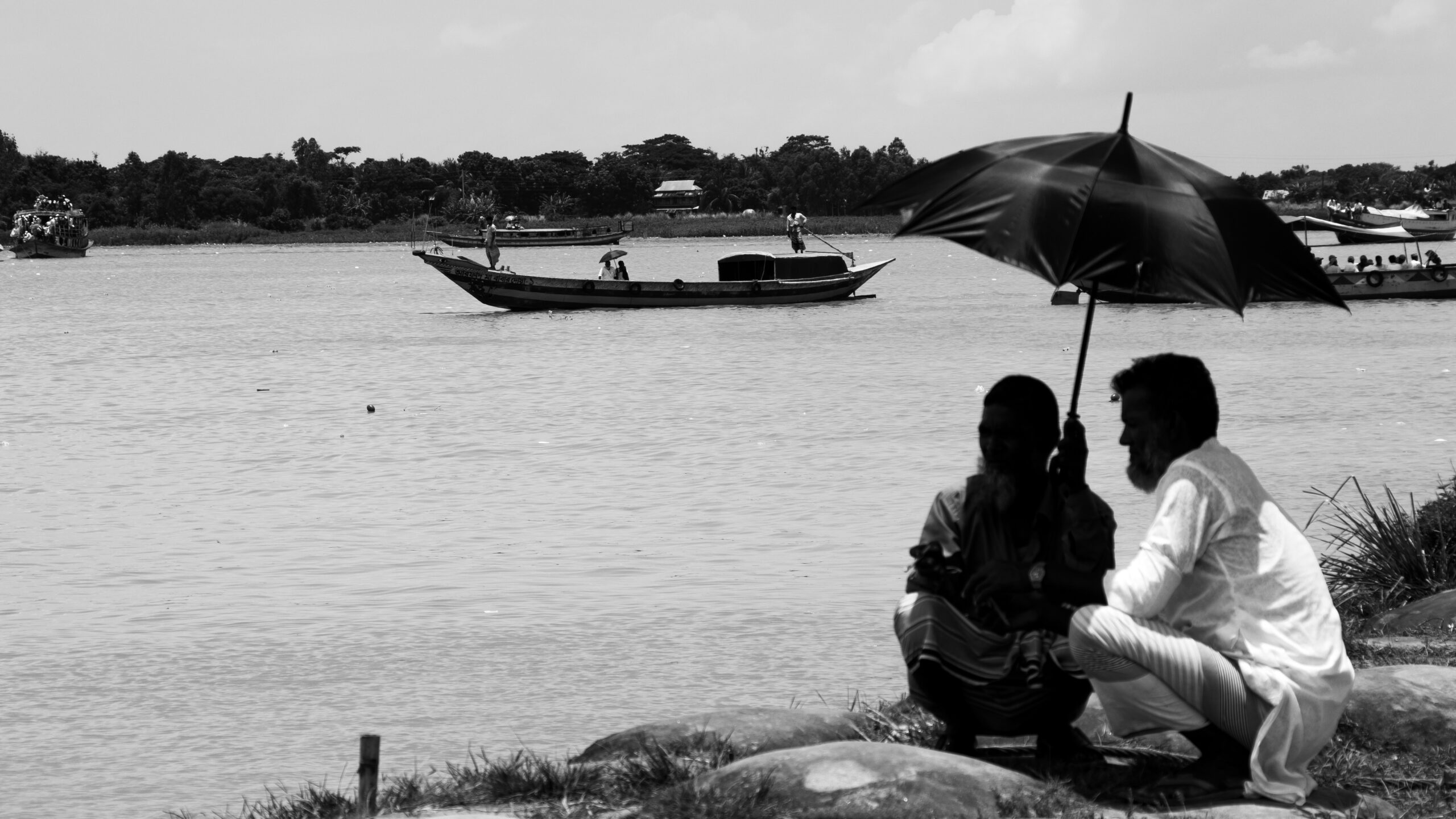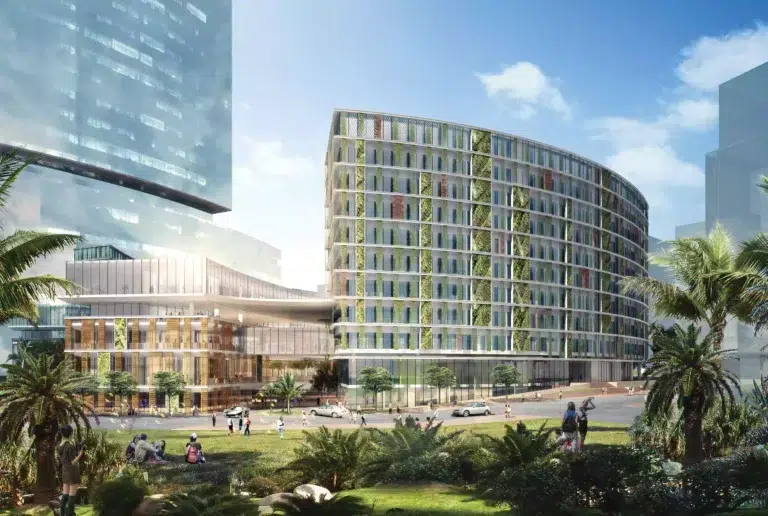News roundup: Sea swamps Bangladesh at one of the world’s fastest rates, plus other stories

For PropertyGuru’s news roundup, rising seas driven by climate change are drowning Bangladesh’s densely populated coast at one of the fastest global rates. In other headlines, Boracay is set to be reintroduced as a more Muslim-friendly destination this year, while prevalent occupations in the area influence the demand for Australia’s commercial real estate.
Sea swamps Bangladesh at one of the world’s fastest rates
After cyclone winds tore down his home in 2007, Bangladeshi fisherman Abdul Aziz packed up what was left of his belongings and moved about half a kilometre inland, further away from storm surge waves.
A year later, the sea swallowed the area where his old home had been.
Now, 75-year-old Aziz fishes above his submerged former home and lives on the other side of a low earth and concrete barrier, against which roaring waves crash.
“The fish are swimming there in the water on my land”, he told AFP, pointing towards his vanished village. “It is part of the advancing ocean.”
CNA reports that government scientists say rising seas driven by climate change are drowning Bangladesh’s densely populated coast at one of the fastest global rates, and at least a million people on the coast will be forced to relocate within a generation.
Boracay set to become more Muslim-friendly; private coves eyed
Boracay is set to be reintroduced as a more Muslim-friendly destination this year, the Department of Tourism (DOT) said as it amplifies efforts to attract foreign Muslim travellers to visit the country.
This September, the DOT will launch the “Muslim-Friendly Boracay,” an initiative in partnership with the local government of Malay, Aklan. The program, it said, would open up “private coves” that Muslim women could access and enjoy.
“(Malay Mayor Floribar Bautista) is looking for an area. Actually, he already identified three possible areas. Iyon ang ila-launch sa September (that is what we’re going to launch in September),” DOT Undersecretary for Muslim Affairs Myra Paz Valderrosa-Abubakar said in PNA on 14th June.
How Australia’s jobs are setting the property landscape
Dramatic changes to the composition of the workforce are not only influencing key metrics such as economic growth and productivity but also shaping the demand for housing when the property industry is struggling to meet what is required.
There are multiple forces at play, including wages and overall macroeconomic stability, which spill well beyond housing and into commercial real estate needs, urban development, and property values. Recognising these complex connections will allow for more informed decision-making and strategic planning in both the economic and property sectors.
According to realcommercial.com.au, one trend that stands out is that in areas with high concentrations of tech jobs, there is increasing demand for high-end housing, while industrial jobs are driving demand for affordable housing.
The demand for commercial real estate, such as office space and retail outlets, is also influenced by the prevalent occupations in each area, with growing industries driving demand for select properties.
The Property Report editors wrote this article. For more information, email: [email protected].
Recommended
Maximalism reimagined: Andrea Savage on creating immersive, bold spaces that blend luxury and storytelling
Andrea Savage is capitalising on a trend for maximalism via vibrant, flamboyant interior design
ARES White Paper Volume 3: The era of adaptive reinvention
Pioneering sustainable and innovative practices in urban development
ARES White Paper Volume 2: Unravelling the power of data revolution in real estate
Insights on proptech, smart cities, and sustainable development
ARES Digital White Paper Volume 1: The fundamentals of responsible building
Green and climate heroes join forces to discuss how Asia Pacific can weather the current environmental crises and the looming effects of climate change






